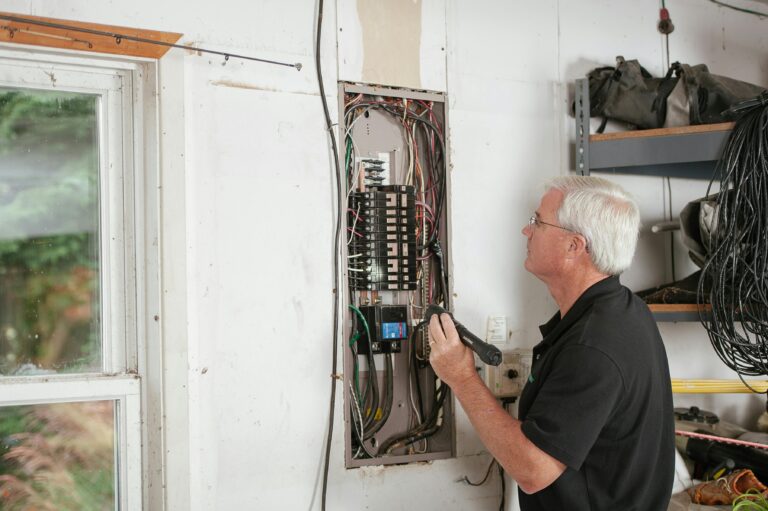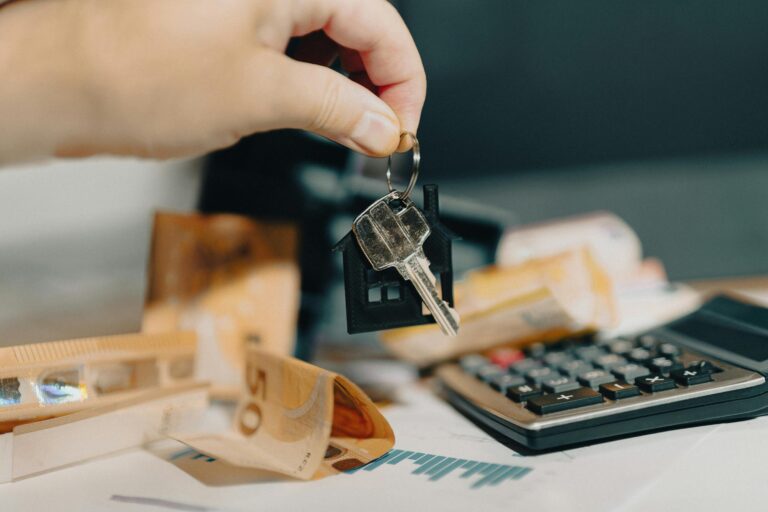Owning a home is supposed to feel like a milestone—but for many, it ends up feeling more like a monthly money trap. You scrape together the down payment, move in with a mix of pride and exhaustion, and then the real bills start rolling in. Mortgage. Taxes. Insurance. Repairs. Groceries. Suddenly, “home sweet home” starts tasting a little bitter.
Maybe you’ve already asked yourself, Did I overextend? Will I ever feel financially free again? Or maybe you’re just starting to wonder if buying a home will force you to give up the lifestyle you’ve worked hard to enjoy.
If so, you’re not alone—and you’re not out of options either.
This guide is for anyone who wants to own a home without giving up peace of mind. Together, we’ll build a plan that supports your lifestyle and your goals—so you can love your home without resenting the price. Let’s get started.
Are You Really Ready for Homeownership?
Buying a home is one of the biggest financial decisions you’ll ever make—and it’s tempting to see it as the next logical step. But just because you’re approved doesn’t mean you’re ready. Before you fall in love with that charming fixer-upper or sleek new condo, pause and consider your broader life goals.
Are you planning to stay in one city for at least five years? Do you have a stable income and a reliable emergency fund? Homeownership isn’t just about affording a mortgage—it’s about affording your life while managing a roof, furnace, and property taxes.
Take time to think through your why. Are you buying because it aligns with your vision, or because you feel pressure to “grow up” or match what friends are doing? Financial freedom starts with honest answers.
Know What You Can Comfortably Afford (Not Just What You Qualify For)
Banks will often approve you for more than you should realistically spend. Their calculations don’t include your weekend road trips, your yoga membership, or your dream to start a side business. That’s why it’s crucial to separate “approved amount” from “affordable amount.”
Use the 28/36 rule as a guideline: ideally, your housing costs shouldn’t exceed 28% of your gross income, and total debts should stay under 36%. But go further—factor in how much you want left for joy, savings, and life.
Run sample budgets based on different home prices. Try plugging in a $400K home vs. a $500K one and look at the monthly impact. The difference might be the gap between financial peace and paycheck-to-paycheck stress.
Your Down Payment Impacts Everything
How much you put down matters—not just for your mortgage, but for your entire financial stability. A larger down payment (like 20%) can reduce your monthly payments, eliminate mortgage insurance, and help you build equity faster. But draining your savings just to hit that number can backfire.
Some people are better off putting down 10% and keeping an emergency cushion. Others might delay buying altogether until they can comfortably afford both the house and the safety net.
The key is balance. Don’t aim for a number just because it “sounds responsible.” Choose a down payment that leaves you breathing room after closing day—because that’s when the real costs start.
Map Out the Real Monthly Costs (Beyond the Mortgage)
Many buyers fixate on the mortgage payment—but that’s just one piece of the puzzle. You also need to budget for property taxes, utilities, home insurance, repairs, and ongoing maintenance. And unlike rent, these costs aren’t capped or predictable.
A good rule of thumb is to budget 1–3% of your home’s value each year for maintenance. That means $3,000–$9,000 annually on a $300,000 home—yes, even if everything “looks fine” now.
Let’s break it down: a $2,000 mortgage might balloon to $3,200 once you add taxes, insurance, utilities, and reserves. If you don’t plan for it, you’ll feel strapped every single month.
Build a Budget That Balances Stability and Joy
The goal isn’t to own a home and live miserably—it’s to own a home that fits into the life you love. That means crafting a budget that includes housing, yes, but also savings, joy, and breathing room.
Aim for a structure like this:
- 50–60% of income for needs (housing, food, utilities)
- 20% for savings and future goals
- 20–30% for wants (fun, hobbies, travel, dining)
Build in a “home joy” fund too. Whether it’s curtains, candles, or cozy throws, allow space for making your home feel like yours—without relying on credit cards to do it.
When your budget reflects your values, you don’t just survive homeownership—you thrive in it.
Set Up Sinking Funds for Homeownership Surprises
Owning a home means planning for the things you hope won’t happen—because eventually, they will. That’s where sinking funds come in.
A sinking fund is a savings bucket for large, infrequent expenses. Instead of scrambling when your water heater dies, you’ve got money set aside. Set up separate savings for things like:
- Roof replacement (aim for $100–$150/month)
- Appliance upgrades or repairs
- Landscaping or seasonal upkeep
- Future renovations
By saving a little each month, you avoid debt when life throws you a homeowner curveball. And trust me—it will.
The Case for Automation and Buffer Zones
Money stress doesn’t just come from high bills—it comes from juggling payments and worrying about due dates. Automation is your friend.
Set up automatic transfers for your mortgage, utilities, sinking funds, and savings. You’ll protect your credit, avoid late fees, and reduce the emotional load of managing finances.
Build in a buffer too: aim to stay one month ahead on bills. That way, if you have a rough month—or an unexpected expense—you’re not thrown off track. A simple buffer turns chaos into calm.
Even small buffer zones make a big difference. A $200 cushion in your utilities budget, for example, keeps seasonal spikes from catching you off guard.
Rethink the Timeline If the Numbers Don’t Work
There’s no shame in saying “not yet.” If your current numbers leave you feeling squeezed, it’s okay to rent longer, buy smaller, or pause your search.
Delaying by even 12–24 months can help you build a larger down payment, pay off debt, or grow your income. That delay can mean buying with power instead of pressure.
Consider this: would you rather own a house today and feel broke every month—or wait a little longer and buy with room to breathe? One path offers pride with pressure. The other offers pride with peace.
Homeownership is not a race. It’s a choice that deserves alignment with your finances and your values.
Owning a Home Shouldn’t Mean Sacrificing Your Freedom
If you’ve been feeling overwhelmed by the numbers—wondering how to keep your lifestyle intact while juggling a mortgage—you’re not imagining things. The stress is real. And maybe part of you has been asking, “Did I bite off more than I can chew?”
But look at what you’ve gained here: a real framework. You’ve explored how to calculate what you can truly afford, how to prepare for hidden costs, and how to structure your budget so it supports your peace of mind—not erodes it. You’ve seen that there’s no one-size-fits-all plan, just smart choices based on what matters most to you.
So here’s your reminder: you don’t have to give up joy, spontaneity, or sleep just to keep a roof over your head. You can be a homeowner and feel financially free.
You’re not behind. You’re building something intentional. And that’s the kind of home that truly supports the life you want.
We’d Love to Hear From You
- How did you decide what your “comfortable” home budget would be?
Share your story in the comments — your insight might be exactly what someone else needs to keep going.






Leave a Reply